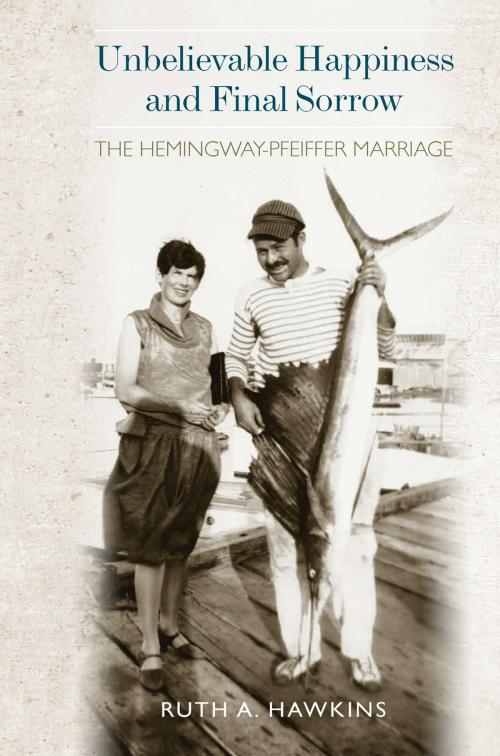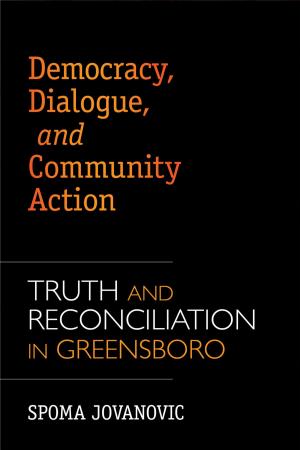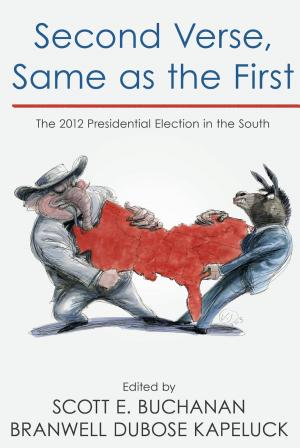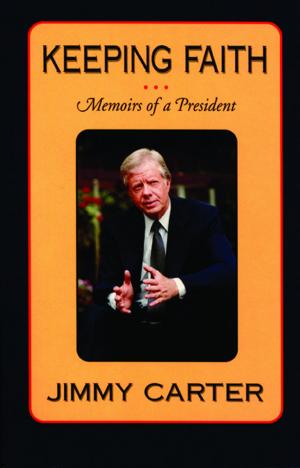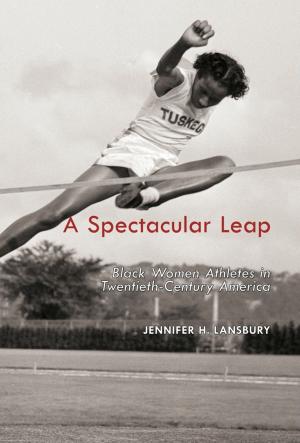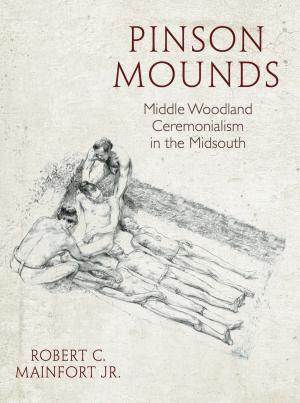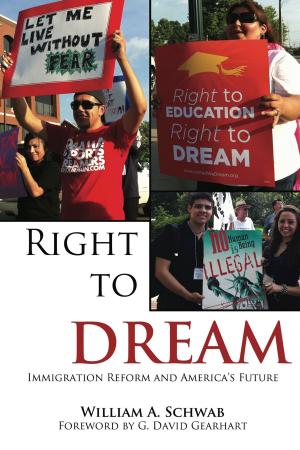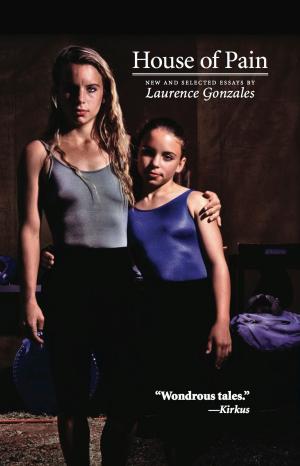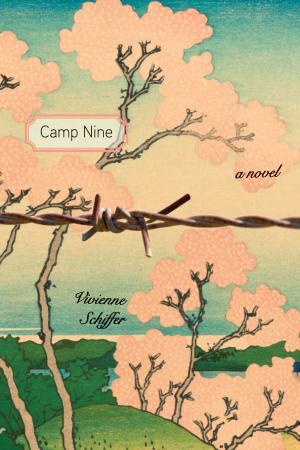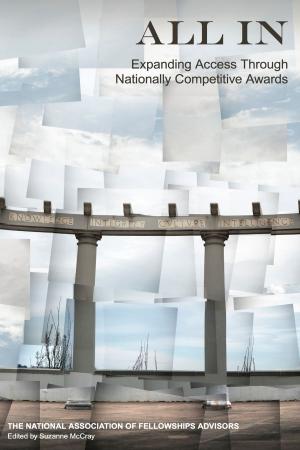| Author: | Ruth A. Hawkins | ISBN: | 9781610754934 |
| Publisher: | The University of Arkansas Press | Publication: | June 1, 2012 |
| Imprint: | The University of Arkansas Press | Language: | English |
| Author: | Ruth A. Hawkins |
| ISBN: | 9781610754934 |
| Publisher: | The University of Arkansas Press |
| Publication: | June 1, 2012 |
| Imprint: | The University of Arkansas Press |
| Language: | English |
Pauline was her husband’s best editor and critic, and her wealthy family provided moral and financial support, including the conversion of an old barn to a dedicated writing studio at the family home in Piggott, Arkansas. The marriage lasted thirteen years, some of Hemingway’s most productive, and the couple had two children. But the “unbelievable happiness” met with “final sorrow,” as Hemingway wrote, and Pauline would be the second of Hemingway’s four wives. Unbelievable Happiness and Final Sorrow paints a full picture of Pauline and the role she played in Ernest Hemingway’s becoming one of our greatest literary figures.
Pauline was her husband’s best editor and critic, and her wealthy family provided moral and financial support, including the conversion of an old barn to a dedicated writing studio at the family home in Piggott, Arkansas. The marriage lasted thirteen years, some of Hemingway’s most productive, and the couple had two children. But the “unbelievable happiness” met with “final sorrow,” as Hemingway wrote, and Pauline would be the second of Hemingway’s four wives. Unbelievable Happiness and Final Sorrow paints a full picture of Pauline and the role she played in Ernest Hemingway’s becoming one of our greatest literary figures.
